Whiskey Innovators: Hank Ingram & the River-Aged Revolution
Kentucky bourbon is synonymous with oak-aged tradition—but Hank Ingram III is literally taking that tradition to new depths. Drawing on a rich...

In the adult beverage industry, three significant supplier associations - the Beer Institute, Distilled Spirits Council of the United States, and Wine Institute - have come together to establish guidelines for marketing alcoholic beverages. Their primary aim is to minimize underage exposure to advertising. While each association has its own sector-specific guidelines, they share common themes:
Digital marketing efforts should focus solely on those who are of legal drinking age.
Digital marketing can be distributed only in areas where 71.6% of the audience is of legal drinking age.
Age affirmation is needed before engaging in direct communication with the audience.
All content on social sites and platforms must be regularly monitored and moderated.
If content was created to be shared by users, explicit directions must be given that the content cannot be shared with anyone under age.
All digital marketing efforts should respect user privacy.
It’s important to note that these rules apply to the US market and that digital marketing for alcoholic beverages will vary from country to country. In the meantime, let’s unpack what this means for marketing in the United States.
As mentioned earlier, adult beverage companies must promote their products on platforms where the majority of the audience is over the age of 21. With at least 67% of Americans using social media daily being 12 years or older, this narrows down the options available and requires beverage companies to carefully research each social platform before establishing a digital presence. While a higher percentage of Instagram users are 17 years old or younger, the platform has recently met the 71.6% requirement. Facebook, YouTube, and Twitter have the largest audiences of individuals 21 years old and above.
Age affirmation programs enable adult beverage companies to better connect with their social audience. While posting regular updates may be approved, engaging with customers can be a bit more challenging. These programs help bridge the gap by requiring age confirmation on each platform. Twitter, for example, uses an age-screening feature where users must enter their date of birth before following an alcohol brand. Facebook takes it a step further by verifying the user's age against other registered information to ensure they are of legal drinking age.
Monitoring social media is not just a nice-to-have for adult beverage brands; it's a necessity. Following guidelines, brands must actively monitor user-generated content to ensure responsible messaging and remove any inappropriate posts. While you can't delete tweets not made by you or your team, platforms like Facebook, Instagram, and your blog offer options for content moderation. Remember to check comments regularly to uphold these standards.
Personal information may be collected from your followers. Privacy policies serve as a way to clearly communicate how this information will be used. While these types of agreements have been in place for years, your followers are likely familiar with them. If you take a look at one yourself, you'll notice it's full of legal language. The key message to convey to your users is that confirmation is necessary to verify they are of legal drinking age and that information is only gathered from those who are 21 and older. It's important to explain that as a brand, you will offer the option for users to opt-in to communication and assure them that their information will not be shared with third parties. Encourage your readers to review the privacy policy and take additional steps to safeguard their data.
While it may seem challenging to navigate these rules, it is entirely possible to build a strong and engaged online community. Let's take a look at a couple of examples.
While there are no specific laws prohibiting someone from drinking beer on camera, it's important to follow guidelines that ensure responsible consumption. Drinking should not be portrayed in a way that promotes excessive or irresponsible behavior. Because of these limitations, most brands adhere to the Television Code. Heineken, a Dutch brewing company, decided to utilize actor Neil Patrick Harris to deliver a subversive message about the inability to drink on camera that was an almost satirical response to the rules set forth. The results were on-brand and well-informed. And the video performed well. You can watch the video here.
Creating a strong core audience is achieved in many ways. A conventional digital marketing tactic is organizing a contest or giveaway where users will win a product or service. While alcohol can’t be the reward, Whitehall Lane, a winery, takes creative steps. Instead of offering their own products as prizes, they collaborate with related brands to give away cookbooks or wine glasses. They also encourage loyalty by sharing user-generated content on their social platforms. Remember to always select posts that align with the rules and regulations.
Marketing your adult beverage is critical to success. Whether you sell on a national or global scale, the Brindiamo Group here is to help. Our team of experienced professionals is here to assist you with navigating the best practices and regulations surrounding your marketing efforts.
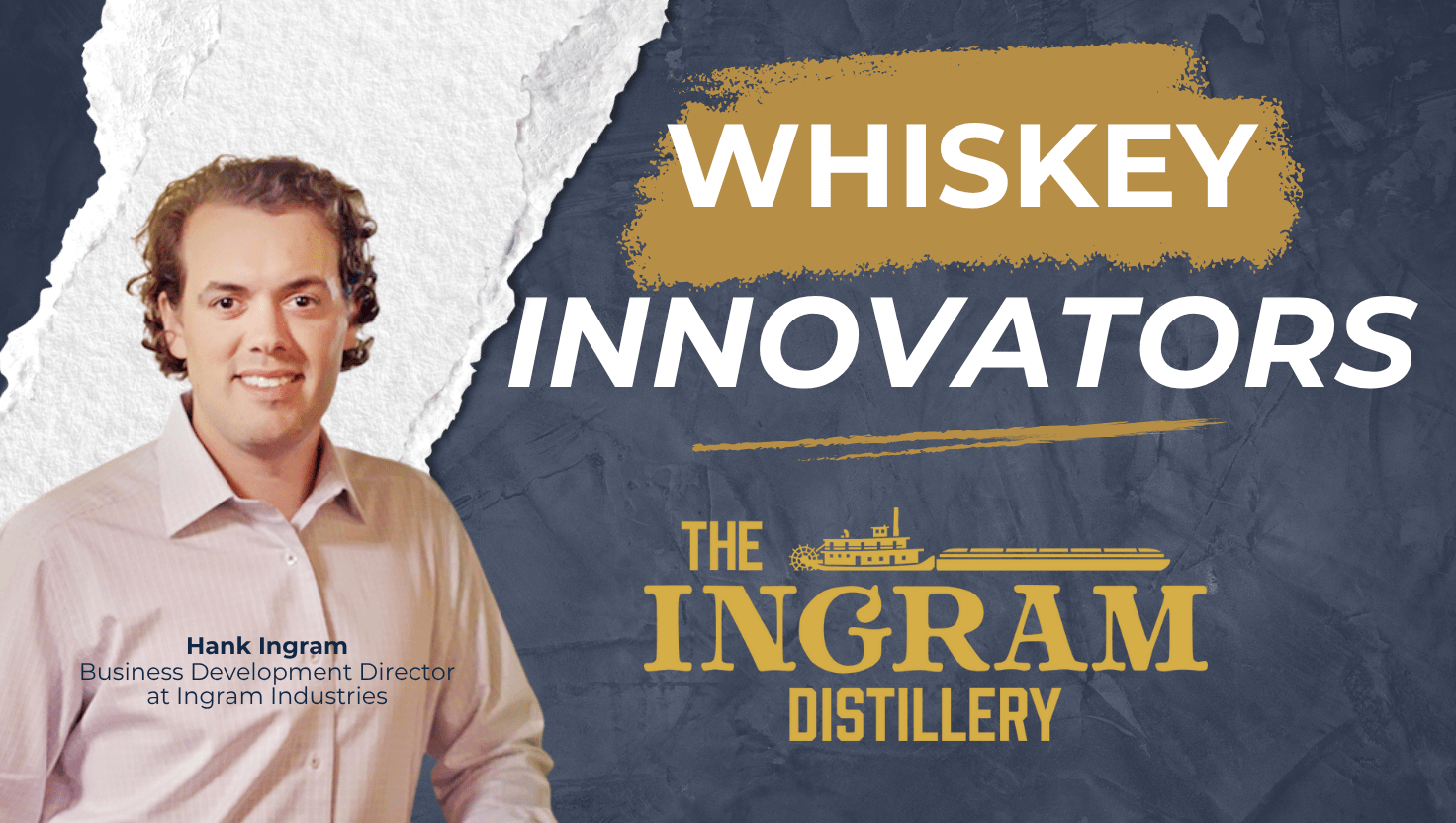
Kentucky bourbon is synonymous with oak-aged tradition—but Hank Ingram III is literally taking that tradition to new depths. Drawing on a rich...
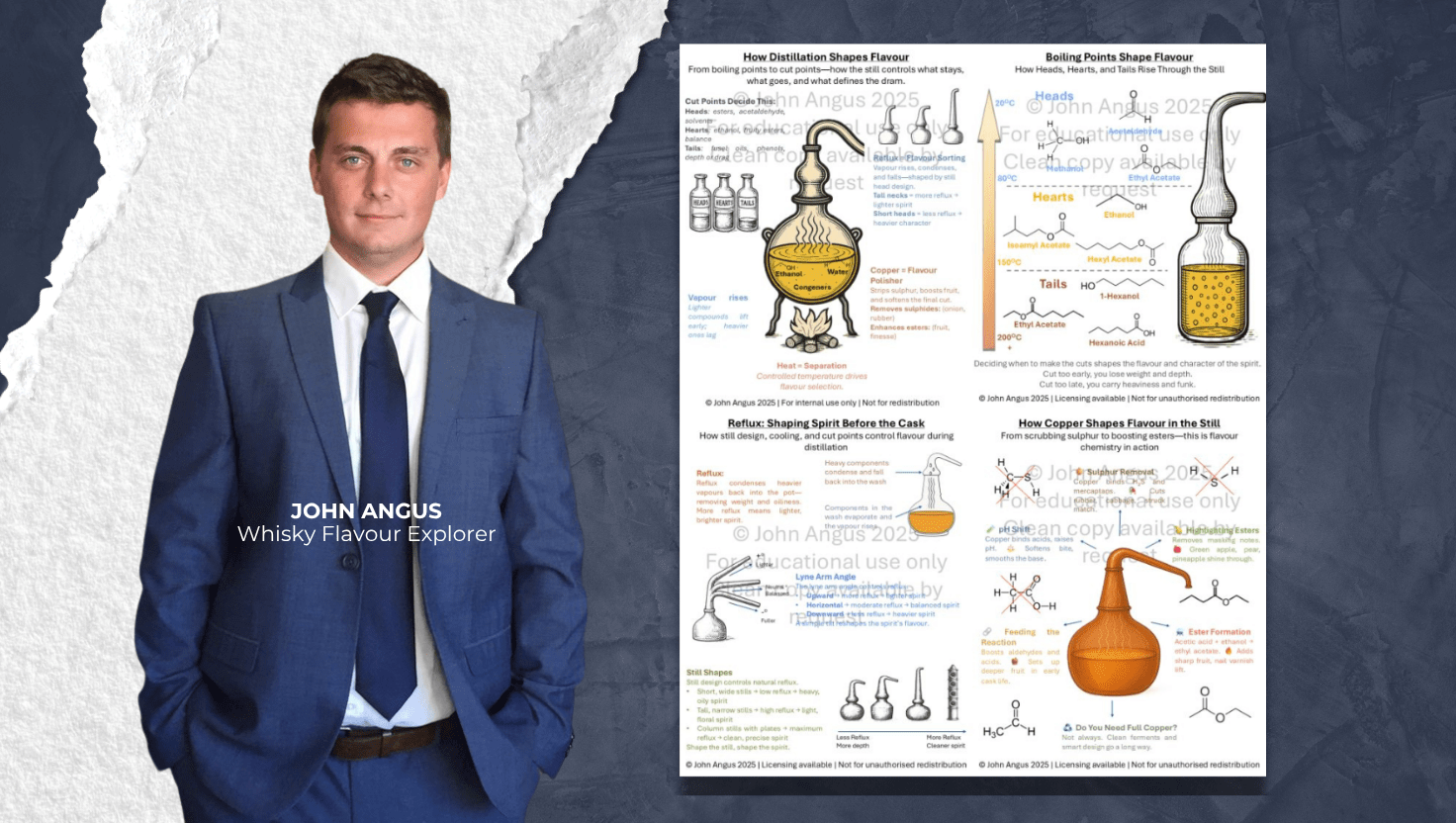
Distillers are often seen as artists—but underneath the surface, they’re also chemists.
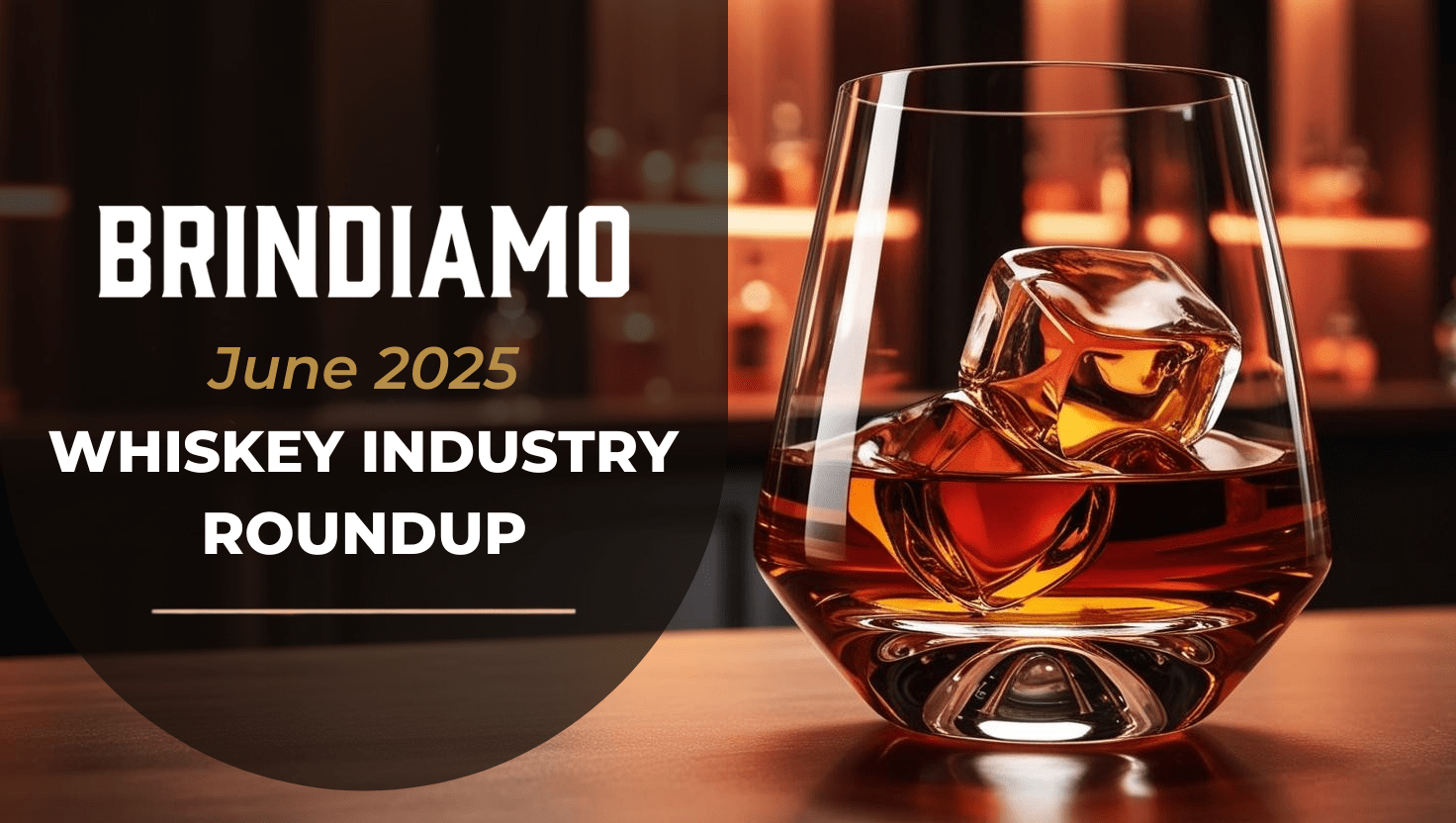
Each month, we dive into the latest insights shaping the whiskey and bourbon industry—sourced directly from Mark Brown’s highly regarded Industry...
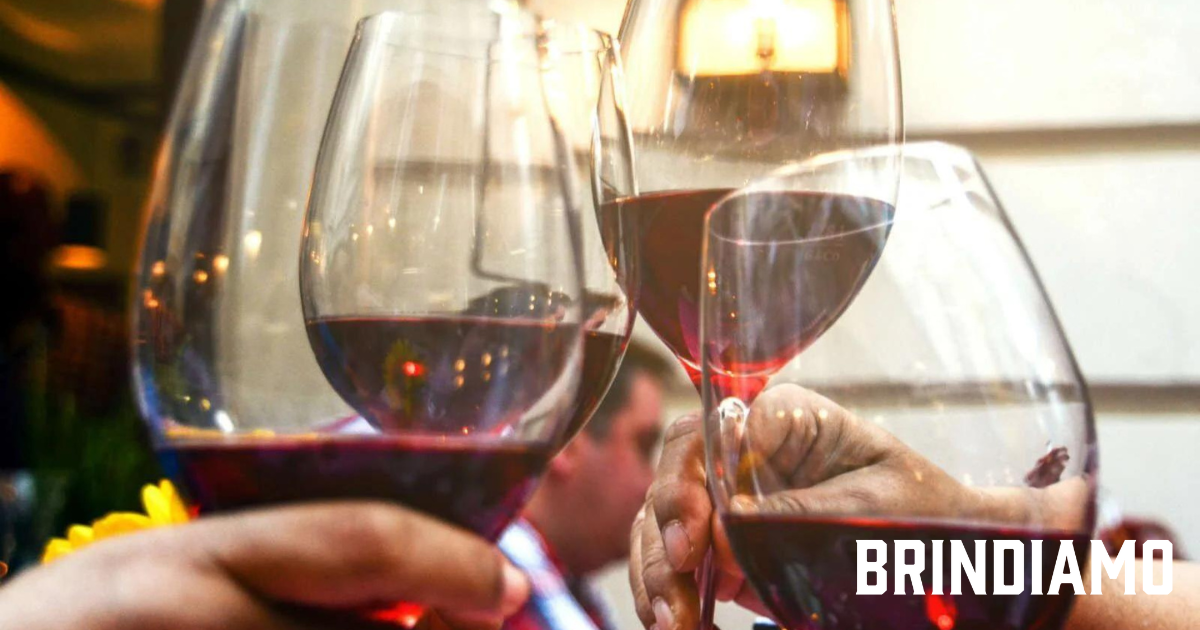
Amber Beverage Group, a Baltic unit of SPI, is excited to welcome new members to its board, including Jeff Hopmayer. Hopmayer has been a valuable...
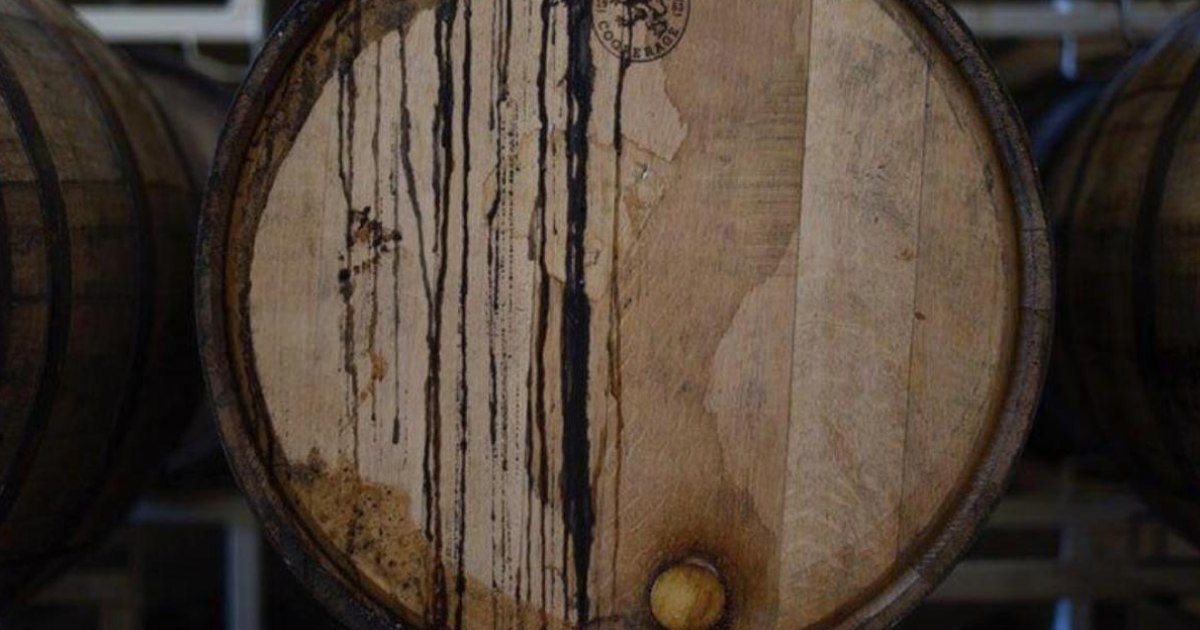
Getting started with investing can be intimidating for those who are new to it. With so much to think about, it's understandable to feel overwhelmed....
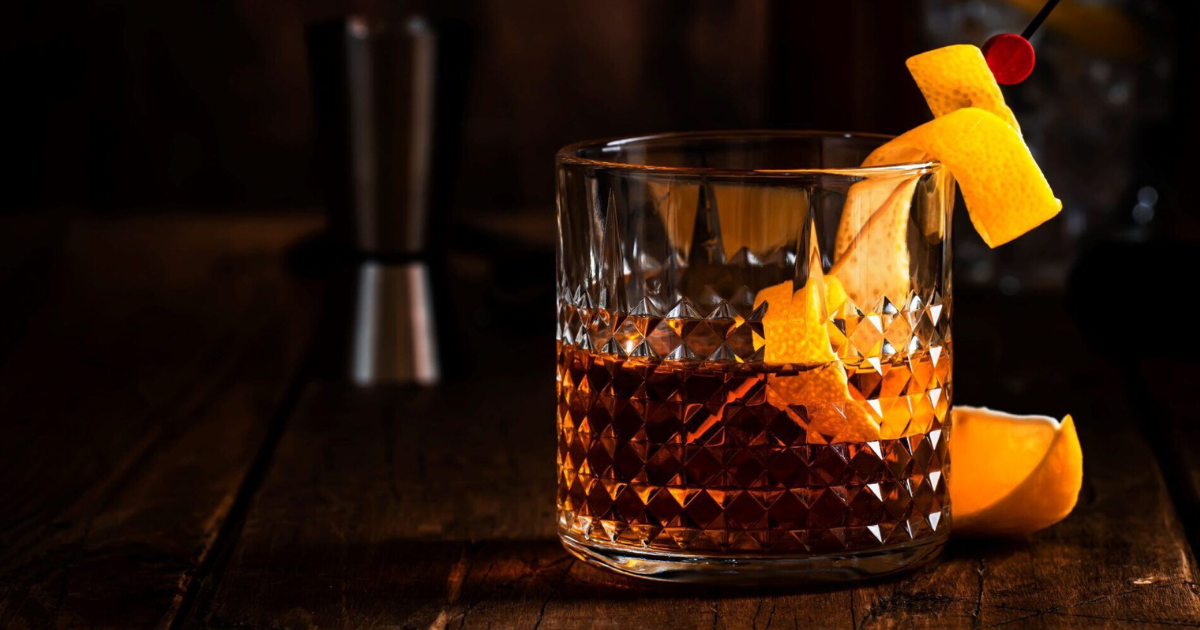
Bourbon has seen a surge in popularity over the past decade, making it more accessible than ever before. But what exactly is bourbon? How can you...
Join the conversation
Leave a comment below.